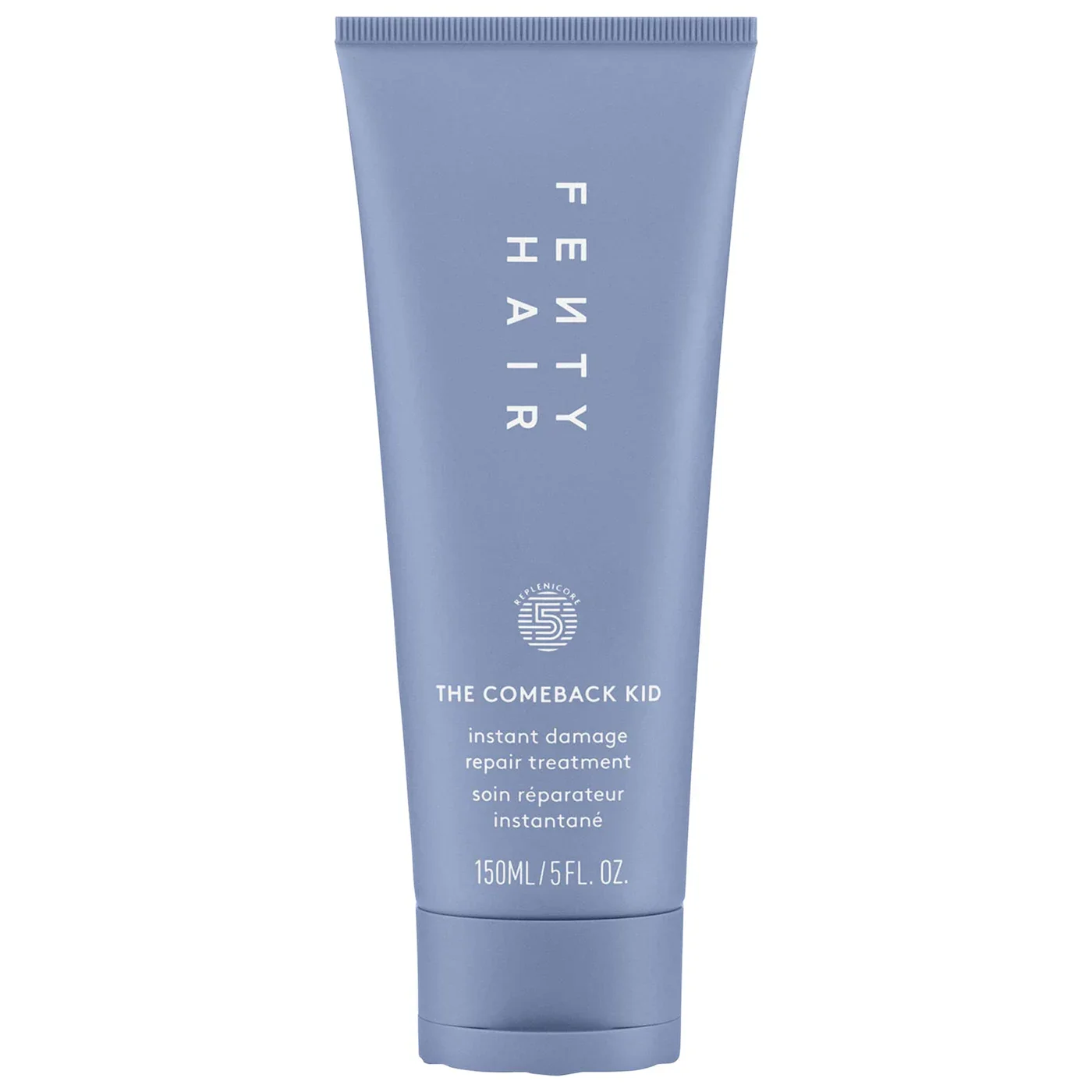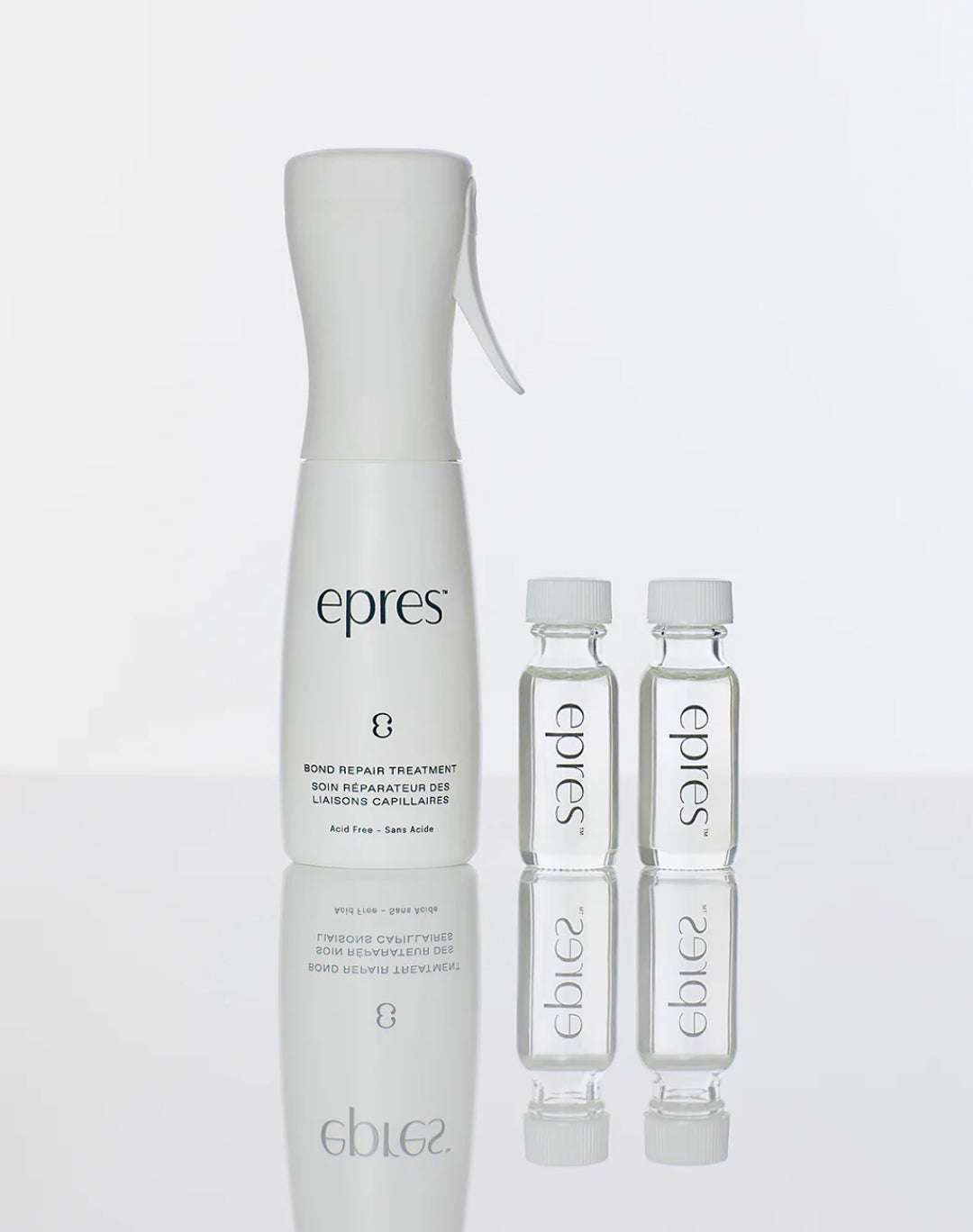Just because the weather is cold and drab doesn’t mean our hair has to be. Welcome to the world of Black girl blondes. That’s right, blonde can be a year-round color. Just take Beyoncé, Latto, and any other number of Black beauties who rock blonde, as if it was their natural born shade, as proof.
Now, making the decision to go blonde isn’t one to be taken lightly. After all, it’s no secret that blonde hair requires more maintenance, and if the coloring process is done incorrectly, you risk compromising the health of your hair. But as more and more Black women step beyond the predetermined borders of what’s socially approprié for Black women’s hair, we are experiencing a creative renaissance of, often politicized, Black hair.
So, if you are looking to warm up your winter with some golden hair glory, read on for everything you need to know about achieving and maintaining your perfect Black girl blonde.
What’s the lore behind Black girl blonde?
Black girls and blonde hair have a storied history. For years, Black women were discouraged from trying colors outside the realm of a jet black or chocolate brown. Pursuing a full head of honey blonde highlights or rocking a 613 was so heavily stigmatized that Black women who experimented with lighter colors were regularly subjected to dehumanizing comments about their appearance. But now stylists are seeing a considerable shift in attitude regarding Blonde hair, and they couldn’t be happier.
“Life is short, color the hair, do the thing, whatever makes you feel beautiful and right, and reach out to a stylist that you trust that can guide you through the process,” Jessica Taylor, a Chicago-based hair stylist tells ESSENCE.
Another common misconception about Black women going blonde is that our hair can’t “handle” the process.
“I think the stigma with color in general is just that Black people can’t get color because our hair always ‘falls out’,” says Kelsey Mandisa, an Atlanta-based hairstylist.
The real issue, she explains, was a lack of information on how to safely lighten afro-textured hair.
“There weren’t many hair colorists in the Black community, which is why I feel like our hair was getting damaged, because we did not know how to color our hair properly,” explains Mandisa.
But now, there are a host of Black stylists who know how to work with Black hair and achieve superior coloring results without compromising the integrity of Black hair. “These stylists understand how to formulate color to achieve certain looks without our hair becoming overly damaged, falling out, or losing our curl pattern,” says Mandisa.
So how do we get this coveted Black girl blonde?
When it comes to actually getting a black girl blonde, a consultation is a crucial first step. During this consultation, your stylist will be able to help you select a color that compliments your features as well as pick a realistic color since going too light too fast can damage the hair.
“Selecting the best color for you comes down to understanding your facial contrast and what you want to highlight or accentuate,” explains Taylor.
Chicago-based stylist Whitney Morris adds that all skin types can rock blonde, but the perfect shade varies from person to person.
“We all have different undertones, so that’s taken into consideration but I typically do ashy blondes but I do a little bit more of a golden shade just to compliment the skin tone and bring out those hues,” says Morris.
To ensure the best results, though, Mandisa says an inspo picture is the way to go. But don’t just bring photos of what you like; bring in photos of what you don’t want so you can provide a clear final image of your ideal style. “Give me inspo pictures of things that you want, and also things that you don’t want,” says Mandisa.
Now, to be clear, Black women can rock any color (and well!), but your lifestyle will ultimately determine how blonde you can get since the longer you go, the more maintenance you’ll need.
“A lot of people are busy and are like, ‘I don’t want to come in every six to eight weeks to get a touch-up,’” says Morris. She adds that a more “lived-in” or highlighted blonde is better suited for someone who doesn’t have as much time for touch-ups.
What’s the maintenance like?
Finding your perfect blonde isn’t just about what colors compliment your skin tone, it’s also about what you can realistically keep up with.
“How often are you going into the salon? How often do you straighten your hair? That all goes into what kind of blonde you can be,” says Morris.
When it comes to taking care of your blonde strands, our stylists say lighter colors require more maintenance both in and out of the salon. This is because bleaching agents strip the hair of its natural pigments, making the hair shaft weaker.
“When you have chemically treated hair, we should be using bond builders, things that are going to strengthen the hair on a molecular level,” says Taylor. “Products like Olaplex help ensure the integrity of your hair while the lifting process is going on,” says Mandisa. Black hair is also more susceptible to breakage, which means dyed Black hair needs even more attention.
“Black hair is very fragile. You have to be a little softer and just take a little bit more care when you’re trying to go blonde,” says Mandisa.
Unlike virgin hair, which may be a little more forgiving of the use of organic and holistic hair products, chemically treated hair requires some heavy hitters like Olaplex, K18 and Maria Nila products, all of which Morris recommends for color-treated hair.
Beyond the products, though, your habits will be the biggest indicator of how your blonde hair journey will go. “Regardless of your hairstyle choice or lifestyle, you should be washing your hair every seven to 10 days,” says Taylor. She also recommends adding a bond builder to your routine at least once a month.
If you aren’t used to having such an intensive routine, Taylor says it’s a good idea to get into the habit before going blonde. “I would definitely recommend introducing that level of care and routine into your life every day for optimum hair health,” says Taylor.
Because just because you choose to live the blonde lifestyle doesn’t mean you have to sacrifice the health or length of your hair. It just requires some intentionality. “In the Black community, we underestimate what hair care really looks like, and are super intimidated by the upkeep of blonde hair care. But the truth of the matter is, your hair’s length retention is based on your hair’s ability to retain moisture, and that is a combination of genetics, styling habits and everyday wear and tear elements,” says Taylor. “So definitely implement those strategies before getting your hair colored and absolutely after.”
Who shouldn’t go blonde?
As is the case with many styles, there are some people who are just not the best contenders for blonde. “If you have a relaxer, I would not recommend any type of blonde,” says Mandisa, who also advises those with excessively dry or damaged hair not to attempt to go blonde.
“If you are experiencing severe breakage, I would not recommend it. It’s going to basically really highlight that area and show exactly what breakage you have going on.”
Embrace the blonde. Be the blonde
Seeing Black women embrace color experimentation is not just an aesthetic triumph; it’s a cultural victory as well. “I absolutely love this resurgence of Black women loving our natural hair and embracing the versatility of our hair because it really is more resilient than we believe. It will bounce right back if you take care of it, it will take care of you,” says Taylor.
We independently evaluate all recommended products and services. If you click on the links we provide, we may receive compensation.













